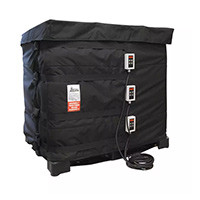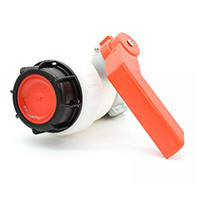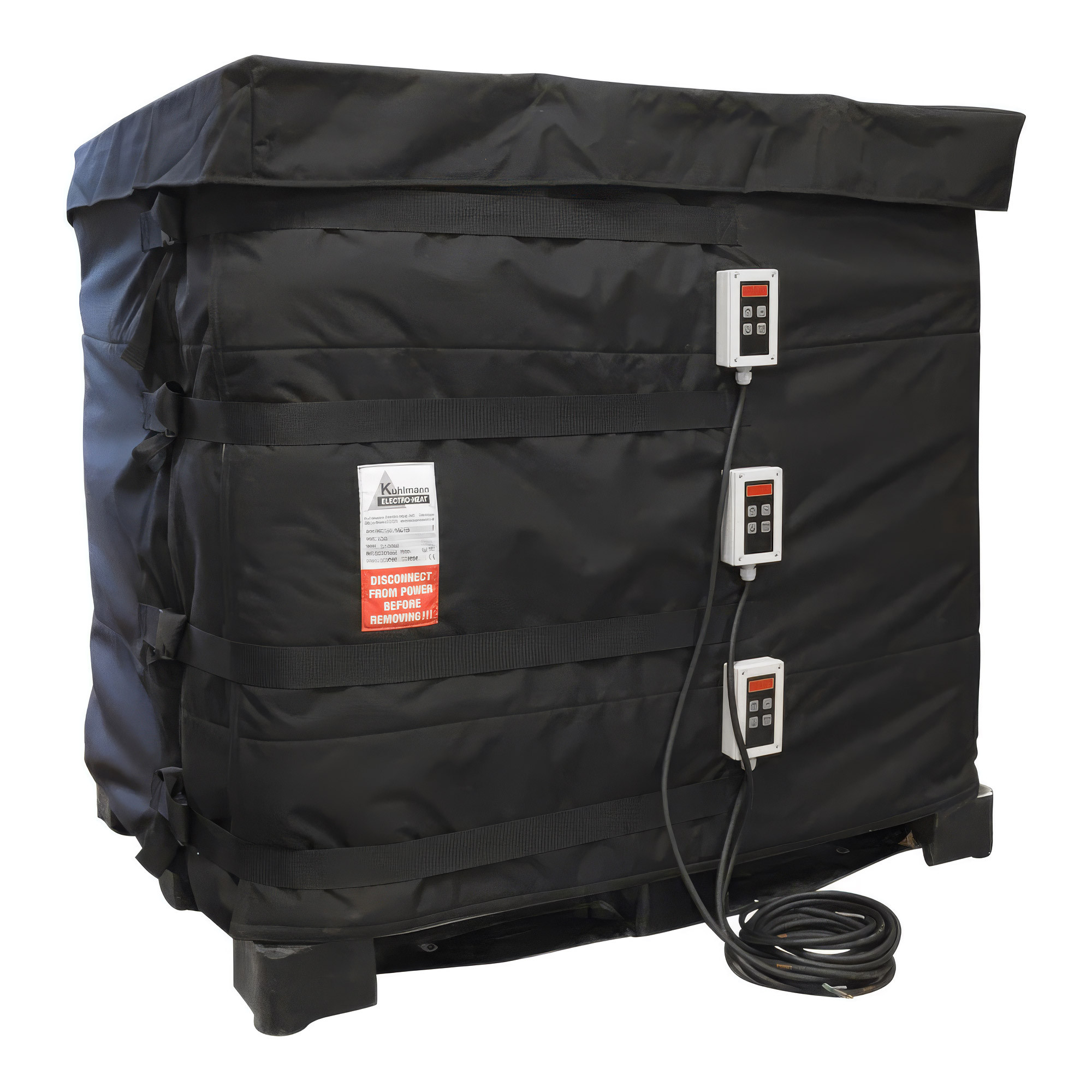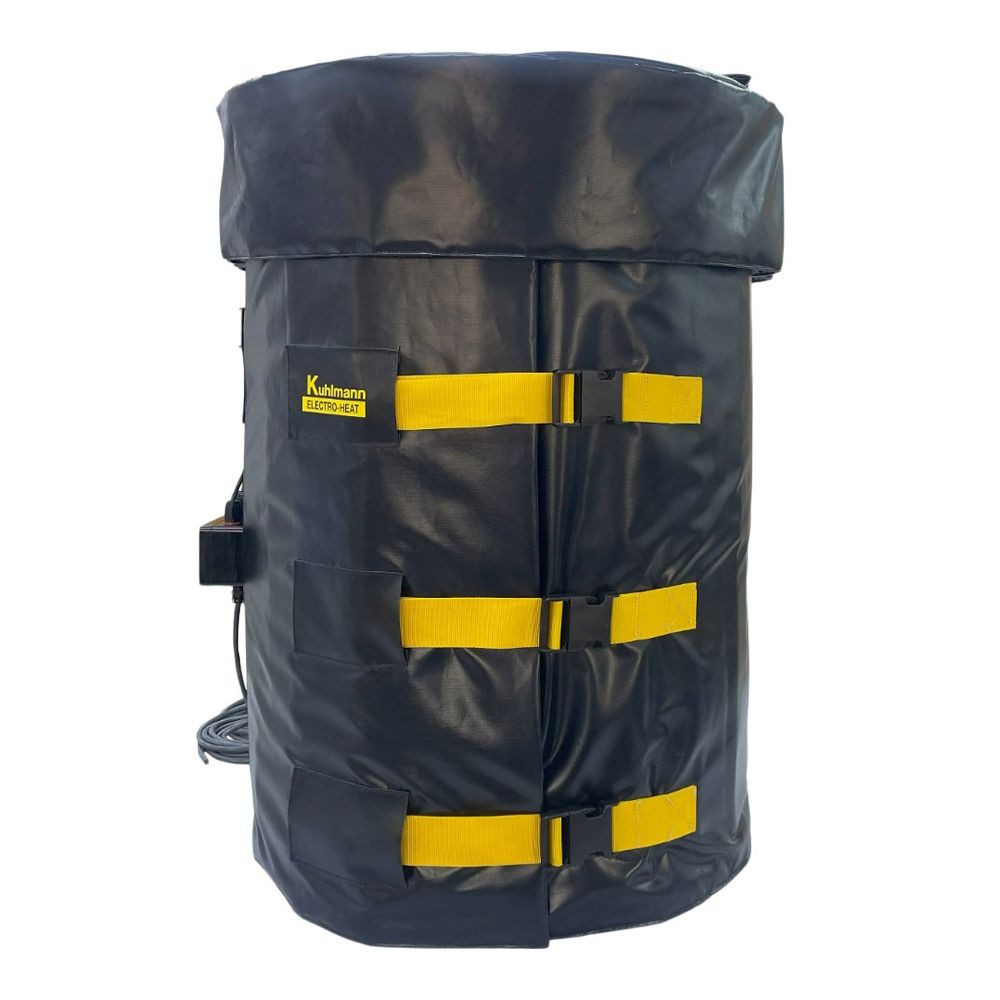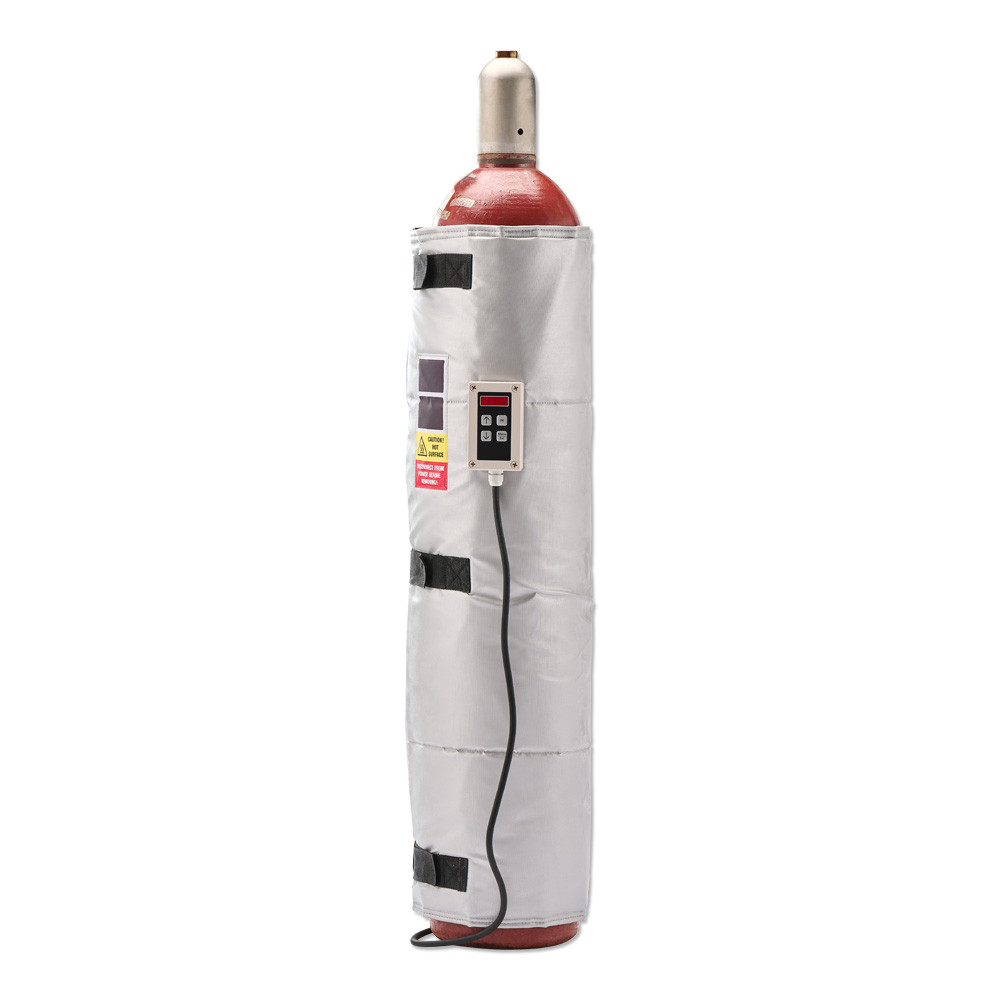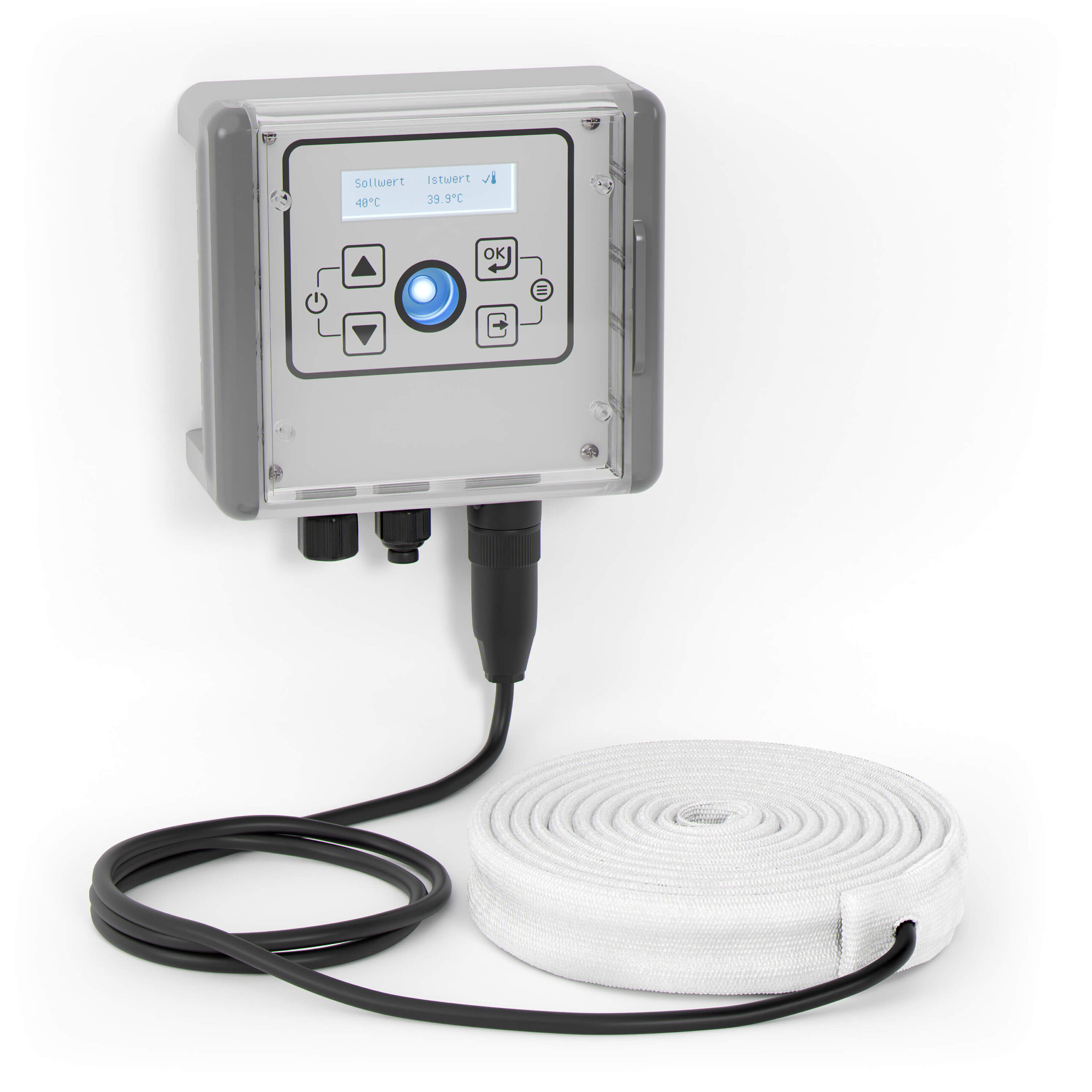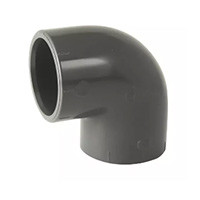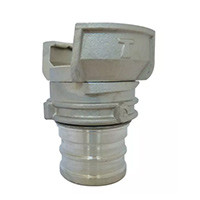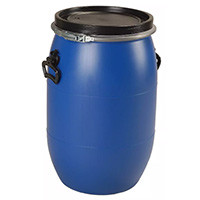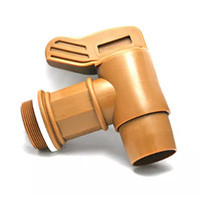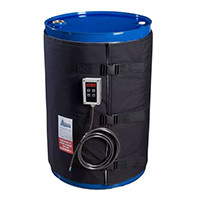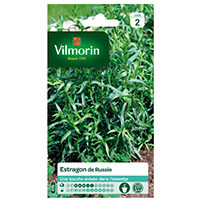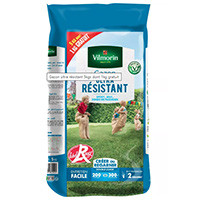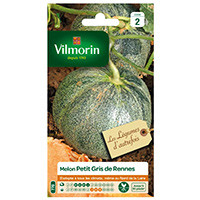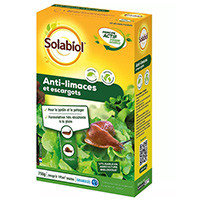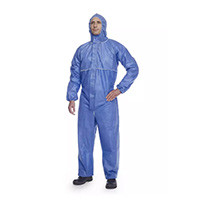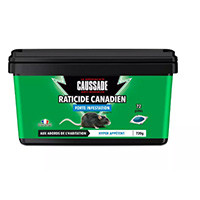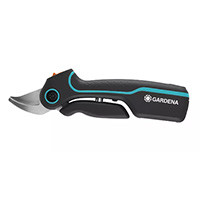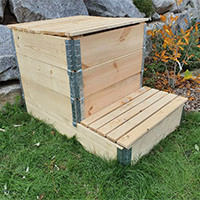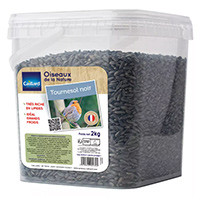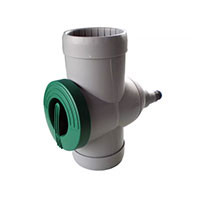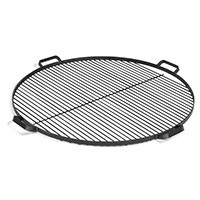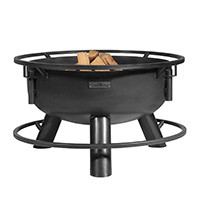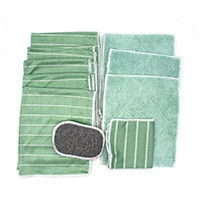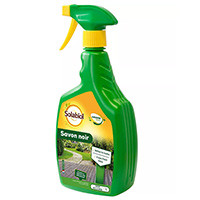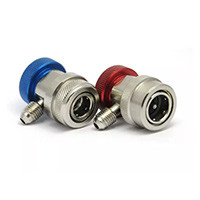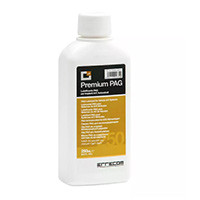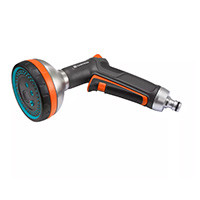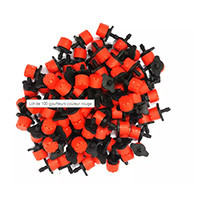
Bat Repellent: Ultrasound, Guide and Tips
A step-by-step guide to keeping bats away with a sound repellent
Bats, nocturnal animals often associated with myths and fears, can become a source of significant nuisance when they colonize domestic environments. Although their presence is an indicator of the health of the local ecosystem, the formation of colonies can quickly lead to health and material problems.
Their droppings, guano, are not only smelly, but also very corrosive to wooden structures, especially frames and beams. The inherent acidity of guano can degrade materials over the long term, causing structural damage that requires costly repairs. In addition, in confined environments, the massive accumulation of guano can promote the development of a pathogenic fungus, Histoplasma capsulatum, which causes histoplasmosis. This respiratory condition, although rare, can present with flu-like symptoms and warrants prompt and thoughtful intervention. Spores of the fungus can be released into the air when cleaning or handling droppings, making caution and personal protective equipment essential.
Faced with these challenges, a non-lethal and respectful approach to these protected animals is imperative. This guide proposes to explore in depth a technological and ethical solution: the use of an ultrasonic sound repellent. This method is all the more relevant as the legislation in force in many countries fully protects bats, prohibiting their capture, injury or killing. The objective is therefore to act proactively to encourage them to leave the premises without causing them harm.
The objective of this article is to demystify bats, to analyze the reasons for their installation in buildings and to detail the implementation of an effective and sustainable relocation strategy, in full compliance with the legislation and principles of biodiversity conservation.
Part 1: Bats: an analysis between biology and cultural perception
Contrary to popular perception, which often equates them with winged rodents, bats belong to the order of bats, a term derived from the Greek meaning "winged hand". They are the only mammals capable of powered and sustained flight. This ability is made possible by a unique morphology: their forelimbs are transformed into wings, supported by a thin membrane of skin stretched between their extremely long fingers and their body. The diversity of this order is remarkable, with more than 1,400 species recorded worldwide, accounting for nearly a quarter of all known mammal species. While some species feed on fruit (frugivores), nectar (nectarivores) or even blood (the vampires of Latin America), all the species present in Europe are exclusively insectivorous. They thus play a role of ecological regulator of paramount importance, as a single bat is capable of consuming up to 600 mosquitoes per hour.
The massive consumption of insects by these nocturnal animals is an invaluable ecosystem service for agriculture, by protecting crops, and for public health, by reducing the populations of disease vectors. Because of their beneficial role and vulnerability, bats are legally protected species in many countries. The conservation of their habitats and the ethical management of cohabitation situations are major environmental issues. Ignoring this legal status exposes not only to sanctions, but also to the destruction of a species essential to the balance of nature.
The nocturnal life of bats and their singular appearance contribute to a cultural perception often marked by fear and superstition, associating them with darkness and the supernatural. However, their ability to navigate and hunt in the dark is the result of a sophisticated echolocation system, which is a true sensory feat. They emit ultrasound, the frequency of which exceeds 25 kHz, which makes them completely inaudible to the human ear. These sound waves propagate and return as echoes when they encounter objects or prey. The analysis of the characteristics of these echoes (their intensity, the return time) allows the bat to create a three-dimensional "sound map" of its environment, allowing it to move with remarkable precision and capture insects in flight.
This exceptional hearing sensitivity is the biological characteristic that makes bats particularly vulnerable to ultrasound. Understanding this mechanism is essential for developing distancing methods that target their sharpest sense. It is important to emphasize that these animals, despite their reputation, are by nature timid and generally avoid contact with humans. The fear they arouse is often the result of a lack of knowledge of their biology.
The relationship between humans and bats has been shaped by centuries of myths and legends, from European folklore where they were perceived as creatures of doom, to modern myths of vampirism popularized by literature and film. The adoption of a factual and scientific approach is necessary to replace these unfounded fears with a logic of coexistence. By understanding their behaviour and role in the ecosystem, it is possible to move from a vision of "pests to be eliminated" to a vision of "neighbours to be managed". The implementation of non-lethal solutions, such as ultrasonic repellents, demonstrates that it is possible to manage nuisances without compromising the survival of these precious mammals. This is fully in line with an approach to the preservation of biodiversity, where the conservation of species does not involve their destruction, but rather the adjustment of our own behaviours and habitats.
Part 2: Analysis of the factors that cause bats to settle in human habitats
The presence of bats in homes is not a hostile act, but an adaptation to the scarcity of their natural habitats, such as caves, hollow trees and crevices in rocks. Human constructions, with their complex and varied structures, provide a myriad of safe and stable shelters, safe from predators and bad weather.
Attics and attics are privileged nesting places. Their darkness, tranquility, and thermal stability make them ideal environments for colonies. These spaces are often used as maternity houses, where bats gather in spring and summer to give birth and raise their young, the "juveniles". Bats are also able to crawl into very narrow gaps, sometimes only a few centimeters, such as wall cracks, gaps under tiles, gaps between walls and ducts, faulty window frames, and behind shutters. The most common entry points are often located high up, near the roof or eaves.
In winter, when insects are scarce, bats go into hibernation. They look for cool, moist sites, with a stable temperature above freezing. This is why unheated basements, cellars, tunnels and mines can become hibernation sites, called "hibernacula". Understanding these behaviours is the first step towards a respectful management strategy, where nuisances are managed without harming the animals.
Part 3: The Ethical and Technological Approach: The Sound Repellent ACTO
Given the protected status of bats, it is imperative to use methods of removal that do not cause injury or death. It is in this context that ultrasonic sound repellents are a solution of choice.
The Ultrasonic Bat Repellent ACTO (ref. RUSCS 1) works by emitting high-frequency sound waves that directly disrupt the bats' echolocation system. The effectiveness of this product has been rigorously tested and validated by independent laboratories, ensuring that it works as promised. These ultrasounds create an incoherent sound environment, a real "acoustic barrier" that overwhelms bats. Unable to find their way around and perceive the signs essential to their survival, they feel insecure and are forced to leave the area to find a more suitable place. Noticeable efficacy is usually seen within 72 hours of installation, while for rats, efficacy is visible within 2 weeks.
The device comes with multiple operating modes to suit a variety of environments:
The silent mode emits only ultrasound, ideal for living areas or attic spaces above bedrooms.
Normal mode adds slightly audible sounds for added deterrence.
Loud mode incorporates audible sounds for maximum efficiency in uninhabited spaces. It is important to remember that this mode should not be used within 1 meter of a person, in accordance with safety instructions.
The installation of the device must be done at height to ensure optimal diffusion of ultrasonic waves, as bats generally move in the air. With a minimum energy consumption of 0.4 Watts, it is an environmentally friendly and cost-effective solution for continuous, 24-hour use. For comparison, this represents a much lower annual consumption than a small LED bulb. It can cover an area of up to 325
Understanding the properties of ultrasound is crucial for an efficient installation. Waves don't pass through walls, but their ability to ricochet into open spaces is an asset. It is therefore recommended to point the device towards the main entrance of the colony. It is crucial to avoid placing the device behind soft materials such as curtains, carpets or upholstered furniture, as these absorb waves and significantly reduce the effectiveness of the repellent. If the area to be covered is large or has multiple obstacles, the installation of several units may be considered to ensure homogeneous coverage. An operating indicator light ensures that it is in good working order. In addition, it is worth noting its effectiveness against other pests such as rodents, fleas, moths, spiders, wasps and scorpions.
Part 4: Recommendations for effective and sustainable implementation
The use of a sound repellent must be part of a broader strategy to ensure a sustainable and environmentally friendly solution.
Blocking of accesses: Once the bats have left the roost, it is imperative to block all entry points to prevent their return. This should ideally be done at dusk, when the bats have left the roost for their nocturnal hunt. Careful inspection of cracks, joints and ducts is recommended. It is essential to never block the accesses while the colony is present, as this could trap the animals inside, condemning them to certain death.
Offer an alternative: For an approach that is both ethical and effective in the long term, it is strongly recommended to set up bat boxes outside. These alternative shelters, or "bat boxes", actively contribute to the preservation of the species while offering them a new resting place, encouraging them not to return to your home. It is recommended to install them on a façade facing south or southeast, at least 3 meters from the ground and away from intense lights, which could disturb them.
Compliance with the instructions for use: It is essential to follow the recommendations for the installation of the ACTO repellent: it must not be concealed or obstructed by furniture or curtains. This device is exclusively designed for indoor and private use and should not be installed on the edge of public or neighborhood places. Particular attention should be paid to the use of the repellent in homes with pets. Although ultrasound is inaudible to most domestic animals such as dogs and cats, its use in premises where domestic rodents (hamsters, gerbils, pet mice) are raised, as they are sensitive to these frequencies.
By combining the use of a high-performance repellent such as the ACTO Ultrasonic Bat Repellent (ref. RUSCS 1) with these good practices, it is possible to protect your property while actively contributing to the protection of these precious mammals.
Share this content







